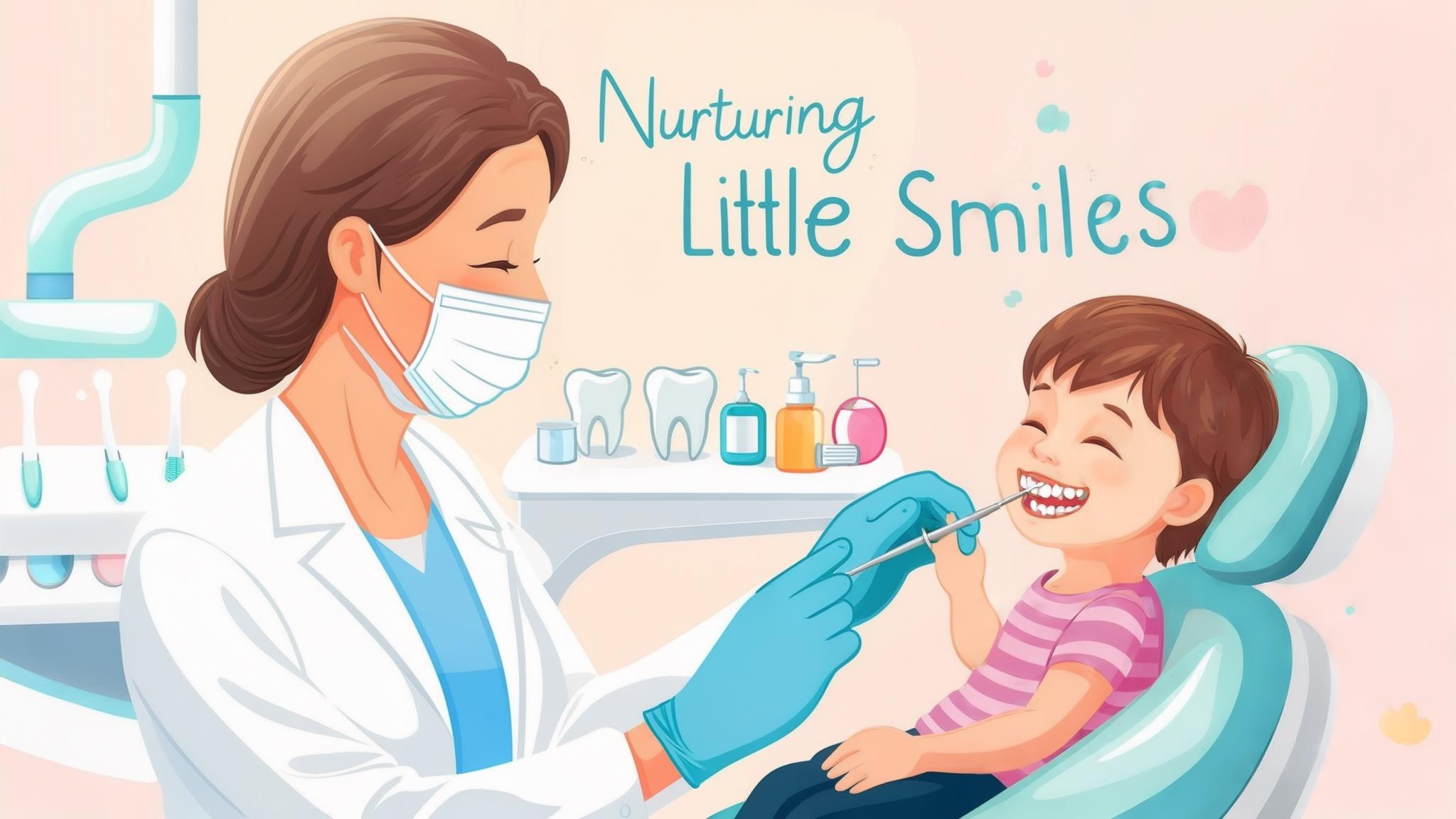Introduction
Children's dentistry is a specialized field focused on the dental health of young ones, from infants to teenagers. Ensuring good dental health in children is crucial as it lays the foundation for a lifetime of healthy teeth and gums. One of the key players in maintaining dental health is fluoride, a mineral that significantly contributes to preventing tooth decay. In this article, we'll explore the importance of fluoride in children's dental care and how to use it safely and effectively.
Understanding Fluoride
What is Fluoride?
Fluoride is a natural mineral found in various sources, including water, soil, and certain foods. It's also a common ingredient in dental products like toothpaste and mouth rinses. Fluoride's presence in these products is no accident; it's there for a very good reason.
How Fluoride Works
Fluoride plays a crucial role in dental health by strengthening the enamel, the outer layer of our teeth. It helps in the remineralization process, where minerals are redeposited in enamel after being removed by acids. This process makes teeth more resistant to decay. Additionally, fluoride inhibits the growth of harmful bacteria in the mouth, further reducing the risk of cavities.
The Role of Fluoride in Children's Dental Health
Importance of Fluoride During Childhood
Fluoride is especially important during childhood when permanent teeth are developing. Kids are more susceptible to cavities due to their developing enamel and often less-than-perfect oral hygiene habits. Fluoride acts as a protective shield, ensuring that their teeth grow strong and healthy.
Recommended Fluoride Levels for Children
The amount of fluoride a child needs varies with age. The American Dental Association (ADA) provides specific guidelines to ensure safe fluoride use. For instance, children under three should use a smear of fluoride toothpaste, while those aged three to six can use a pea-sized amount. It's essential to follow these guidelines to prevent overexposure.
Sources of Fluoride for Children
Community Water Fluoridation
Many communities add fluoride to their water supply to reduce the incidence of tooth decay. This practice is both safe and beneficial, providing a simple way to ensure children receive adequate fluoride. However, the levels of fluoride can vary, so it's wise to check your local water supply's fluoride concentration.
Fluoride Toothpaste
Using fluoride toothpaste is one of the most effective ways to protect children's teeth. For children under six, it's crucial to supervise brushing to ensure they use the right amount and don't swallow the paste. The ADA recommends a fluoride concentration of at least 1000 ppm (parts per million) for children's toothpaste.
Professional Fluoride Treatments
Dentists often provide professional fluoride treatments using gels or varnishes. These treatments are safe, quick, and help in further strengthening the teeth. Depending on the child's risk of cavities, these treatments might be recommended every three to six months.
Safety and Concerns Regarding Fluoride Use
Common Misconceptions About Fluoride
Despite its benefits, fluoride is sometimes misunderstood. Some people believe it's harmful, but when used correctly, fluoride is safe and effective in preventing tooth decay.
Risks of Excessive Fluoride Exposure
Too much fluoride can lead to dental fluorosis, a condition that causes changes in the appearance of tooth enamel. Other health concerns are rare but underscore the importance of monitoring fluoride intake.
Guidelines for Safe Fluoride Use
To ensure safe fluoride use, parents should monitor their child's fluoride intake from all sources and consult with dental professionals regularly. This proactive approach helps maintain the right balance of fluoride for optimal dental health.
Promoting Good Dental Habits in Children
Importance of Regular Dental Check-ups
Regular dental visits are vital for monitoring children's dental health and catching any issues early. Dentists can offer personalized advice on fluoride use and oral hygiene practices.
Encouraging Proper Brushing and Flossing Techniques
Teaching children to brush twice a day and floss daily is crucial. Fun toothbrushes and flavored floss can make these habits more appealing.
Balanced Diet and Its Impact on Dental Health
A diet rich in fruits, vegetables, and dairy supports strong teeth. Limiting sugary snacks and drinks can also reduce the risk of cavities.
Role of Parents in Children's Dental Hygiene
Parents play a key role in establishing good dental habits. Encouraging and supervising their children's oral hygiene routines can make a significant difference.
Conclusion
Fluoride is a powerful ally in the fight against tooth decay, especially for children. By understanding its benefits and using it wisely, parents can help their children maintain healthy smiles. Always seek professional advice to tailor fluoride use to your child's needs.
References
- American Dental Association. "Fluoride and Fluoridation." ADA Website.
- Centers for Disease Control and Prevention. "Community Water Fluoridation." CDC Website.
- National Institute of Dental and Craniofacial Research. "Fluoride: The Story of Fluoridation." NIDCR Website.

